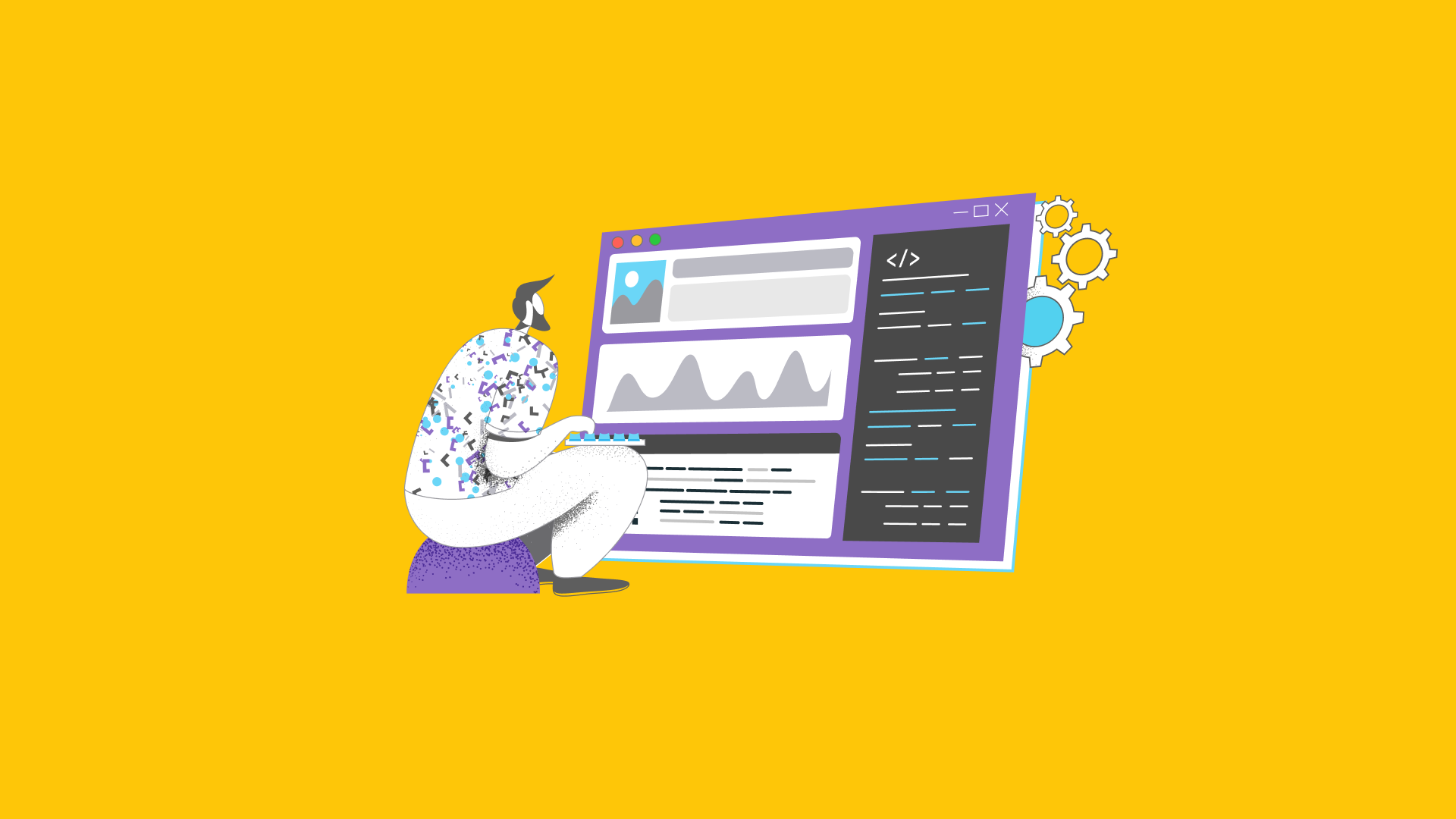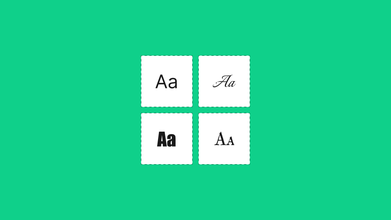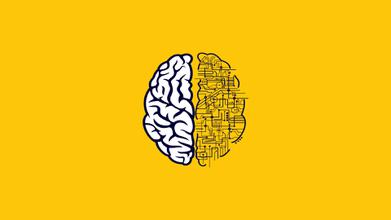Why Designers Should Know How To Code?
Feb 17, 2023 7301 seen
Should Designers Know Coding?
Here we go again with one of the industry's most contentious issues: Should designers learn to code? It's a question that has divided opinion for decades and never seems to be resolved.
It's easy to get caught up in a debate over who should have which skills, but as most designers will tell you, the answer is rarely straightforward. In reality, the lines are constantly blurred, and working within the confines of a single job description is nearly impossible. A more pertinent debate is occurring in the ever-changing, competitive design industry. We're increasingly asking how, rather than if, designers can learn to code. How can they collaborate more effectively to create excellent end products? In this post, we're not going to revisit that age-old debate of whether or not designers should learn to code. Instead, we're going to consider a different question: How can coding help you become a better designer?
Designers would benefit greatly from learning the "front end" (the presentation layer) driven by HTML (Hyper Text Markup Language) and CSS (Cascading Style Sheets, a language that describes the component styles in an HTML document), and they might be surprised at how simple it is to learn the basics. The letter M in HTML stands for "Markup," a term used to describe the coded structure of page elements, which serve as the foundation of pages. HTML and CSS do not require any programming logic. HTML and CSS, and JavaScript form a triad of foundational Web technologies.
Learning how to code the front-end UI and previewing it allows designers to see how things look when viewed on different devices right away. Designers experimenting with HTML and CSS will notice that everything is measured in pixels (other measurement units such as "ems" and percentages will eventually be converted to pixels).
Understanding measurements and code structure, as well as how pages are displayed, will give you a better understanding of the front-end development process. As a result, designers will have to think more deeply about their designs and how to make them more efficient for that process. They will understand what is easily accomplished and what is more complicated.
A better understanding of the project
Understanding the code alters how Web Designers consider the websites and applications they create. Projects are now viewed as interactive collections of HTML tags and CSS rules rather than static images. Web designers who have had the opportunity to encode at least a few websites/applications better understand their role in their implementation. They understand that their designs serve as an outline, a sketch that serves as a starting point for creating a functional website or application.
Avoiding mistakes
Let's say you finished your design project, and the only step you need to do is to convert your design to code. You should probably use any existing tools that will help you with that. But the thing is that it is essential to understand how design-to-code converting tools did their job, is your code clean, and does it need to be changed. Knowledge of the code allows us to avoid possible mistakes. However, working with code is slightly different from working with graphics programs, where designers are often limited by imagination. In practice, many seemingly simple solutions, such as multiplication, are inaccessible using HTML/CSS.
The graphics software allows for greater grid flexibility, which can cause a slew of issues during development.
Better communication with the Front End Developers
Creating websites is based on the division of labor. Understanding how the code works dramatically improves communication between the Web Design and Front End Development departments. Designers avoid unnecessary conflicts between those two teams by making fewer mistakes. In the event of a creative disagreement, they can also understand the arguments of the Developer, which aids in the discovery of the best solution. Communication between departments becomes a dialogue rather than a battle over who is correct.
Conclusion
We now live in a time when designers are forced to become unicorns. Designers must broaden their skill set to stand out in a crowded market. One of the most sought-after programming talents. A sizable portion of the design community is divided on whether designers should write code. Some people look for unicorns who can do both, while others claim they don't exist or are just in the way.
Many designers believe that designers and developers should work together, but each discipline should stick to its expertise. Many developers see code-writing designers as a threat, whereas others see them as welcome employees who have learned to speak their language.
The code's pressure on designers has lessened. The design industry has matured. The demand for UX designers is increasing. Designer salaries remain stable. And design has finally taken its rightful place at the table. Companies have realized that focusing on the customer provides a competitive advantage. Companies are investing more in UX design as a result of this understanding. UX designers do not need to code. This can provide a competitive advantage, but it is not required.
To summarize, most projects do not require coding skills but a solid understanding of graphic design software and scripting languages like Python and JavaScript. To create websites and apps, you will need some basic coding knowledge.


